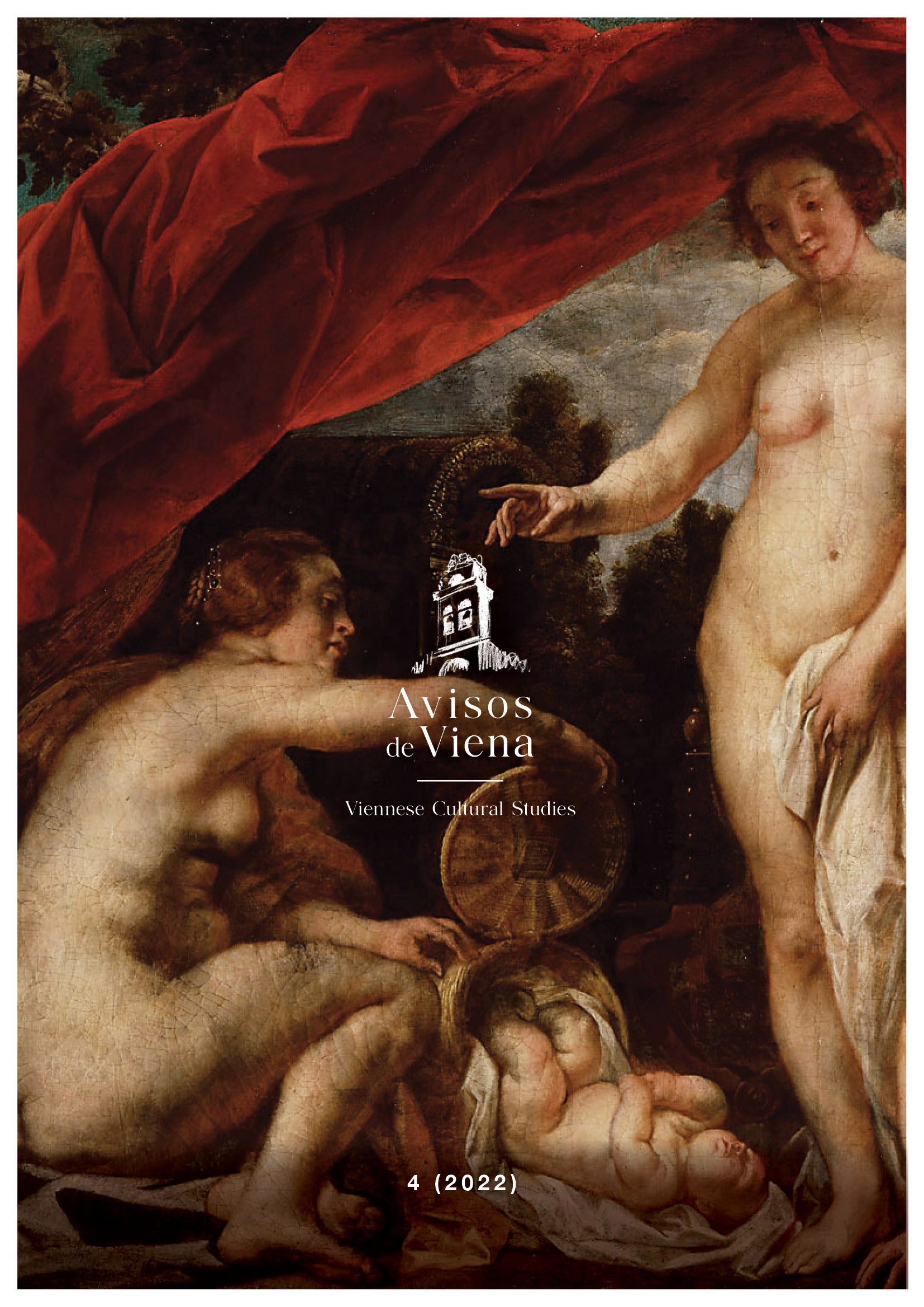Mal de madre: la patología tras del nombre
DOI:
https://doi.org/10.25365/adv.2022.4.7526Keywords:
Spanish Golden Age, mal de madre, uterus, dysmenorrhea, women's healthAbstract
During the Golden Age in Spain, poets frequently referenced the "mal de madre," a female disorder whose symptoms and treatments varied widely across literary and medical texts. Rooted in ancient Hippocratic beliefs about the uterus, interpretations of this ailment ranged from retention of female seed to insufficient menstrual blood. Medical figures like Agustín Farfán and Juan de Barrios explored its causes and remedies, often linking it to issues like semen retention and menstrual irregularities. Celestina, in Fernando de Rojas's play, humorously suggests sexual intercourse as a remedy. References in erotic poetry of the time also allude to the cure of this ailment through sexual activity. The "mal de madre" was associated with cyclic abdominal pains, likely indicative of dysmenorrhea. Despite varied interpretations and treatments, these references reflect a concern for women's health and efforts to alleviate menstrual discomfort during the Golden Age.
References
Ackermann, D. K. (2007). Suprapubische Schmerzen. In J. W. Thüroff (Ed.), Urologische Differenzialdiagnose (pp. 29–35). Georg Thieme Verlag. https://doi.org/10.1055/b-0034-41104
Alzieu, P., Jammes, R., & Lissorgues, Y. (Eds.). (1984). Poesía erótica del Siglo de Oro. Crítica.
Barrios, J. de. (1607). Verdadera medicina, cirugía y astrología en tres libros dividida. Imprenta de Fernando Balli.
Bujard, M., Meinrenken, S., & Trifyllis, J. (2021). Menstruationsschmerzen –primäre Dysmenorrhö. Deximed. https://deximed.de/home/klinische-themen/gynaekologie/patienteninformationen/menstruationsprobleme/menstruationsschmerzen-primaere-dysmenorrhoe/
Covarrubias Horozco, S. (1979). Tesoro de la lengua castellana o española. Turner.
Cueto, M. (2000). Histeria y seducción: Otra vuelta de tuerca. Archivum: Revista de la Facultad de Filología, 50, 149–174.
Farfán, A. de. (1610). Tratado breve de medicina y de todas las enfermedades. Imprenta de Geronymo Balli.
Gómez Moreno, Á. (2000). La perdiz en la literatura, el folklore y el arte: A propósito de una charla sobre Brunetto Latini. Cuadernos de Filología Italiana, (Extra 85), 85–98.
Hollstein, G. Hyperventilationstetanie. Pschyrembel Online. https://www.pschyrembel.de/Hyperventilationstetanie/K0ACSH
Huerta, A. (2019). Las propiedades del romero. canalSALUD.
Jo. (1987). Dysmenorrhöe durch Prostaglandine. Deutsches Ärzteblatt, 84(6), 297. https://www.aerzteblatt.de/archiv/114484/Dysmenorrhoe-durch-Prostaglandine
Ju, H., Jones, M., & Mishra, G. (2014). The prevalence and risk factors of dysmenorrhea. Epidemiologic Reviews, 36, 104–113. https://doi.org/10.1093/epirev/mxt009
Meinrenken, S., & Trifyllis, J. (2017). Menstruationsschmerzen –sekundäre Dysmenorrhö. Deximed. https://deximed.de/home/klinische-themen/gynaekologie/patienteninformationen/menstruationsprobleme/menstruationsschmerzen-sekundaere-dysmenorrhoe
Platón. (1997). Diálogos VI: Filebo, Timeo, Critias (M. Á. Durán & F. Lisi, Trans.). Gredos.
Real Academia Española. (2002). Diccionario de autoridades. Gredos.
Real Academia Española. (2015). Diccionario de la lengua española (23rd ed.). Espasa.
Rojas, F. de. (2018). La Celestina (D. S. Severin, Ed.). Cátedra.
Waskowiak, A., Schäffler, A., & Fernholz, D. (2019). Menstruationsschmerzen. Apotheken.de. https://www.apotheken.de/krankheiten/4755-menstruationsschmerzen
Downloads
Published
How to Cite
Issue
Section
License
Copyright (c) 2022 Kurt Kriz

This work is licensed under a Creative Commons Attribution 4.0 International License.
© Open Access, CC BY 4.0








